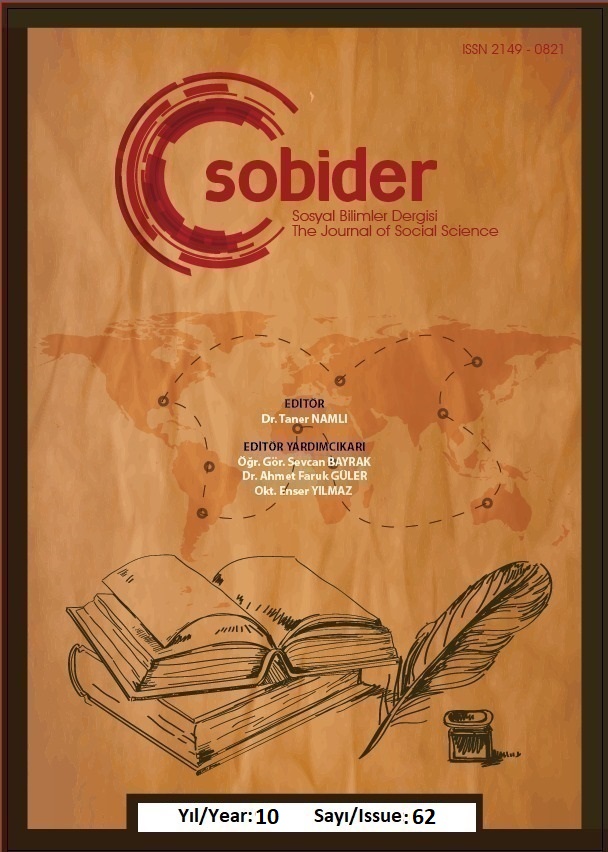Author :
Abstract
30 Ekim 1918, Osmanlı ve Cumhuriyet tarihi açısından bir dönüm noktasıdır. Bu tarihte imzalanan Mondros Mütarekesi, Birinci Dünya Savaşı’ndan yenilgiyle ayrılan Osmanlı Devleti’nin mağlubiyetinin “yüz kızartacak neticesi” olan bir yıkılış belgesi mahiyetinde görüldüğü gibi, Millî Mücadele’nin meşruiyet zeminini oluşturması bakımından yeni bir devletin kuruluşuna katkı sağlayan belgelerden biri olarak da kabul edilebilir. Bu iki bakış açısının izleri Nutuk’ta görülebilir. Nutuk dışında Mondros Mütarekesi’ni imzalayan Rauf Bey’in ve Mondros’u onaylayan hükümetin başındaki isim olan Ahmet İzzet Paşa’nın eserleri Mondros Mütarekesi’nin nasıl algılandığını anlamak açısından önemlidir. Bunların dışında kalan hatıralardan, mütarekeye yönelik genel bakış açısını ortaya koymak adına istifade edilecektir. Bu çalışmada ilgili döneme ait hatıralar karşılaştırmalı olarak incelenerek Mondros Mütarekesi’nin imzalandığı dönemde nasıl algılandığına dair değerlendirmelerde bulunulacaktır.
Keywords
Abstract
October 30, 1918 was a turning point for the History of Modern Turkey. The Armistice of Mudros, signed on this date, can be regarded as a document of collapse, which is the "dishonorable consequence" of the defeat of the Ottoman Empire, which left the First World War with defeat, and it can also be accepted as one of the founding documents of the Republic of Turkey in terms of forming the ground for the legitimacy of the National Struggle. These two perspectives can be seen in Nutuk. Apart from the Nutuk, the works of Rauf Bey, who signed the Armistice of Mudros, and Ahmet İzzet Pasha, who was the head of the government that approved Mudros, are important in terms of understanding how the Armistice of Mudros was perceived. Memories other than these will be used to reveal the general point of view towards the armistice. In this study, the memories of the relevant period will be examined comparatively and evaluations will be made about how the Armistice of Mudros was perceived at the time it was signed.





